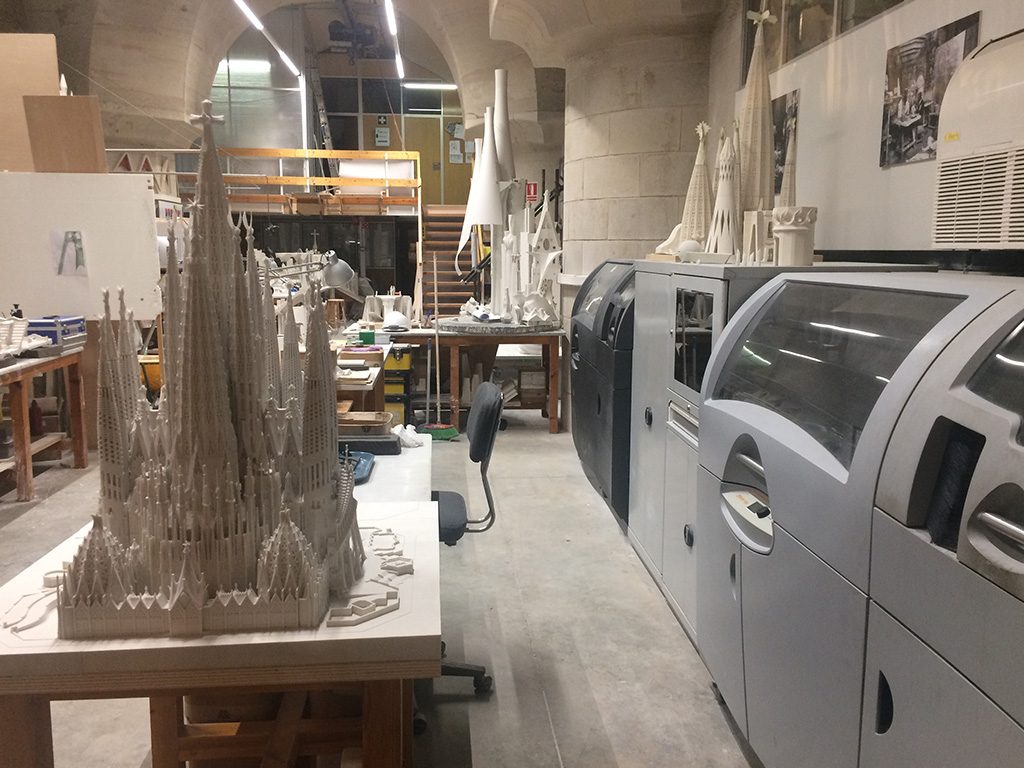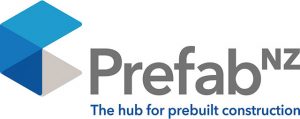COLOUR IMBUES PREFAB WITH LIFE + ORIGINALITY
STRETCHING COLOUR ALONG THE FACADES OF GIANT BUILDING BLOCKS CAN TRANSFORM VOLUMETRIC PREFABRICATION, WRITES PAMELA BELL, PREFABNZ CEO.
Architecture has an enduring love affair with façade treatment, known as skin or facadism, where the face of the building is designed or constructed separately from the rest of the building. Allusions with clothing, sheathing and fashion have been explored extensively through architectural theory and across design schools. Age-old conversations about function versus skin-deep decoration have polarised architectural thought, thanks largely to John Ruskin’s Seven Lamps and Gottfried Semper’s Four Elements. But colour in architecture is more than just decoration; it’s an integral element of our world, expressed through our environment, both natural and manufactured.
“Architecture has an enduring love affair with façade treatment, known as skin or facadism, where the face of the building is designed or constructed separately from the rest.” Pamela Bell, PrefabNZ CEO
LA SAGRADA FAMILIA
A recent trip to Antoni Gaudi’s La Sagrada Familia provided a unique example of decoration, facadism and skin treatment at an overwhelming scale. The building began in 1882 over a century ago and ambitiously aims to finish by 2026 with the assistance of world-leading digital visualisation and 3D printing technologies.
Since 1984 it has been a UNESCO World Heritage Site with three million visitors annually supporting the build through donations of around 25 million euros each year. The central nave climbs to 45 metres high and the final tower when finishes is estimated to be over 170 metres high, which will make it the tallest church in Europe. It is a feast of intense ornamentation, both inside and out. There are three orthogonal exterior facades, each representing Nativity, Passion and Glory.
They are heavily layered with decoration and symbolism from the natural world. A range of animals, and assorted fruits and vegetables combine in an almost childlike Hanseland-Gretel world of entertaining twists and surprises. The allusion extends to the forest-like interior awash with intense colour from the stained glass windows. Gaudi declared the sun as the greatest painter and adjusted the colour palette to follow the movement of the sun from cooler sunrise to warmer sunset hues.
HIGHER GROUND
Another example of colour mastery is from closer to home, where the intensely bold and colourful Higher Ground artwork by Irish artist Maser was a centrepiece of the established Sydney Festival in 2015. Maser’s Higher Ground referenced MC Escher’s perspective-skewing drawings, reimagining a world of converging geometry and architecture on an inhabitable scale. It rose up from its Hyde Park lawn at over two storeys high, an explosion of colours, shapes and stripes.
Part art installation and part photo-playground, Higher Ground beckoned visitors to step inside, climb on-board and interact. The enormous work took over seven months for Maser’s team to design and construct. The installation posed a significant engineering challenge and a collaboration with Resene ensured paints of the highest quality pigments were used to achieve robust surfaces and tight colour matching. The artwork was engineered as a demountable structure, built offsite and then loaded onto trucks to manoeuvre through narrow Sydney streets before being reassembled at site. The artwork’s skin was marine ply, so Resene Lumbersider low sheen waterborne paint was used to withstand outdoor weather, harsh sun and daily cleaning of the artwork. Sydney Festival is also the first Australian event to be certified to an international environmental sustainability standard, so Lumbersider’s Environmental Choice approved status appealed.
Over 35,000 people visited the artwork in two weeks of festivities. This meant the Resene Uracryl floor paint needed to resist dirt and oils, as well as match the Lumbersider look and colour. The quality and coverage of the paint also cut down on the painting time and number of coats required, which enabled the artwork to be finished on schedule. Maser is known all over the globe for his vibrant murals and interactive sculptures. His team produces graffiti art, canvas-based works, video and 3D installations using a bold palette of primary colours which have become his signature as one of the most recognisable street artists in the world today. Higher Ground went on to win the Resene Total Colour Installation Experiential Product award. The judges enthused that it was “lively and exciting, (it) sizzles like Sydney. The colour contrast is exceptional and draws attention…it’s completely memorable. A flawless use of colour.”
COLOUR TOOLS
Volumetric building blocks can be a versatile play on standardisation, once treated with differing surfaces or skins. Colour variation through paint and large-scale adhesives enable an unlimited palette of choices for clients and architects alike. Repetitive elements for buildings such as student accommodation, schools, hotels, and retirement villages can result in award-winning out-of-the-box solutions.■












